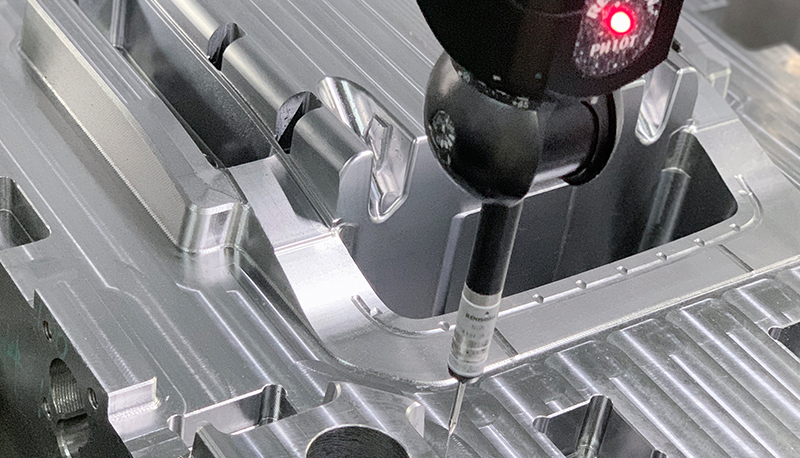Material Selection:
The first step in the injection molding process is to select the appropriate material. Usually, thermoplastic or thermosetting polymers, melt in a liquid state.
Mold Design:
The mold design is then created based on the desired shape and specifications of the final product. The mold is usually made of metal. It consists of two parts that fit together to form a cavity. Where the molten material will be applied.
Injection:
The molten material is then injected into the mold cavity through a sprue. which is a channel that leads from the injection machine to the mold. The material is injected at high pressure and speed to fill the mold.
Cooling:
Once the mold is filled, the material is allowed to cool and solidify. This usually takes a few seconds to a few minutes, depending on the material and the size and complexity of the part.
Ejection:
After the material has solidified, the mold is opened, and the part is ejected from the mold cavity. This can be done manually or with the use of automated ejection systems.
Finishing:
Finally, the part may undergo additional finishing processes, such as trimming or machining, to remove any excess material or improve its appearance or functionality.
The plastic injection molding process can be highly automated and efficient, making it a popular choice for the mass production of plastic parts and products. It is used in a wide range of industries,including automotive, consumer goods, medical, and electronics.



